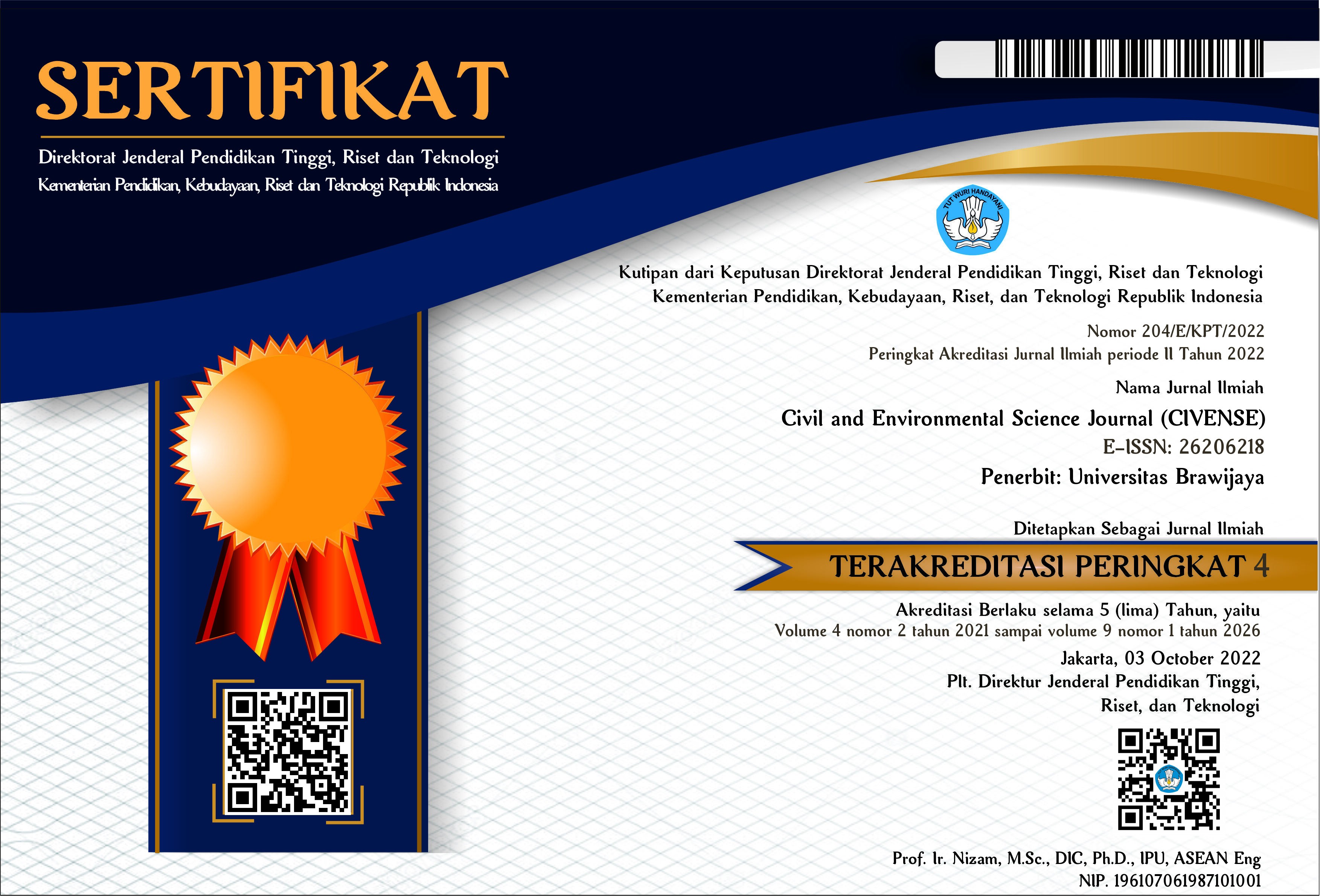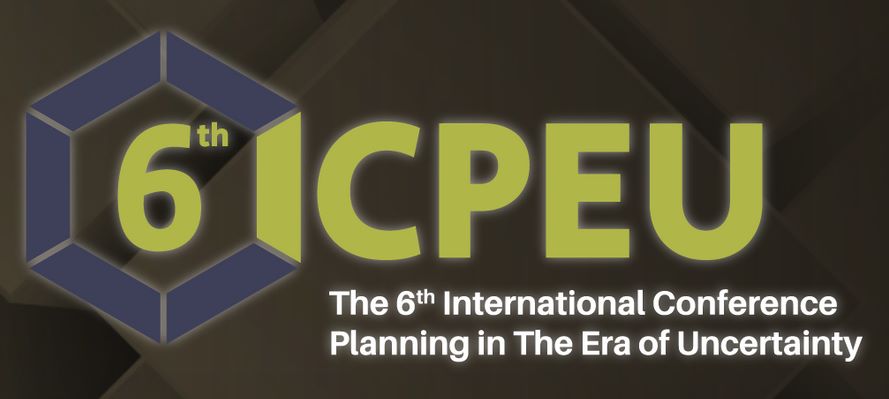Public perception of transportation systems in the halal logistics
DOI:
https://doi.org/10.21776/ub.civense.2020.00302.4Keywords:
Perception, Transportation, Halal LogisticsAbstract
The current government, Government Business Entities and mass media in Indonesia are starting to pay attention to halal, because the turnover of halal products worldwide has reached nearly 2 trillion dollars while Indonesia is still more likely to be a consumer than a producer. Not only food, consumers in the world today want cosmetics for pharmaceutical products that have been halal-certified. In Indonesia, problems with the halal market potential are currently still affected by discourse. Indonesia's awareness is still limited, it has not dared to act, whereas in non-Muslim countries themselves many implement halal supply chains. The establishment of the Halal Hub Port in Tanjung Priok as the first Halal Hub Port pilot project in Indonesia was the forerunner to the establishment of the Halal Hub Port in other parts of Indonesia. In addition to the availability of halal logistical infrastructure, it is also necessary to pay close attention to the needs of halal logistic transportation needs. This research was conducted on 89 respondents who are academics of the Islamic University of Malang. By using the Descriptive Analysis method, it will be known which of the variables that most influence the discourse of the halal transportation / cargo system in Indonesia. The results of the study showed that more than 90% of respondents considered important variables needed in the implementation of halal logistics, namely sorting goods according to types as well as halal and non-halal, separating halal and non-halal products, setting the position of goods in cargo, using vehicles specifically for halal products, maintenance of cargo cleanliness, training of halal logistic officers, and health care for halal logistic officers. In addition, the use of halal logistic stickers can also provide halal logistic warranty from producers to consumers.
References
M. Asrofi, “Halal Logistics Business Potential in Indonesia,” Frost & Sullivan Market Insight, 2011. databoks, “https://databoks.katadata.co.id/datapublish/2017/01/31/penduduk-muslim-tumbuh-tercepat-di-dunia,” 2017. https://databoks.katadata.co.id/datapublish/2017/01/31/penduduk-muslim-tumbuh-tercepat-di-dunia.
N. S. N. M. Yunus, W. E. W. Rashid, N. M. Ariffin, and N. M. Rashid, “Muslim’s Purchase Intention towards Non-Muslim’s Halal Packaged Food Manufacturer,” Procedia - Soc. Behav. Sci., 2014, doi: 10.1016/j.sbspro.2014.04.018.
I. Masudin, F. W. Fernanda, and Widayat, “Halal logistics performance and customer loyalty: From the literature review to a conceptual framework,” Int. J. Technol., 2018, doi: 10.14716/ijtech.v9i5.1919.
M. Shahril Ahmad Razimi, A. Rahim Romle, and A. Mohd Rashid, “The Halal Concept on Logistic Islamic Practices in Malaysia,” Eur. J. Appl. Sci., 2017, doi: 10.5829/idosi.ejas.2017.11.15.
N. F. Roslan, F. A. Rahman, F. Ahmad, and N. I. Ngadiman, “Halal logistics certificate in Malaysia: Challenges and practices,” Int. J. Supply Chain Manag., 2016.
M. Tieman and M. C. Ghazali, “Halal Control Activities and Assurance Activities in Halal Food Logistics,” Procedia - Soc. Behav. Sci., 2014, doi: 10.1016/j.sbspro.2014.01.1107.
R. Bruil, “Halal logistics and the impact of consumer perceptions,” Master Thesis R.R. Bruil, 2010.
Malaysian Standard 2004-1:2010, Halalan-Toyyiban Assurance Pipeline - Part 1: Management System Requirements for Transportation of Goods and/or Cargo Chain Services. Malaysia, 2004.
T. P. Budi, Paradigma Baru Manajemen Sumber Daya Manusia. Yogyakarta: Tugu Publisher, 2005.
H. A. Tarmizi, N. H. Kamarulzaman, I. A. Latiff, and A. A. Rahman, “Factors behind third-party logistics providers readiness towards halal logistics,” Int. J. Supply Chain Manag., 2014.
V. N. Mathew, A. M. R. binti A. Abdullah, and S. N. binti M. Ismail, “Acceptance on Halal Food among Non-Muslim Consumers,” Procedia - Soc. Behav. Sci., 2014, doi: 10.1016/j.sbspro.2014.01.1127.
N. W. R. Shah, A. Muhammad, S. Mohamad, and H. S. Jaafar, “Halal Transportation Providers for Supply Chain Management in Halal Industry: A Review,” J. Hosp. Networks, 2016.
T. Z. Yaacob, F. A. Rahman, and H. S. Jaafar, “Risk categories in halal food transportation: A preliminary findings,” Int. J. Supply Chain Manag., 2018.
M. I. I. Tan, R. N. Razali, M. I. Desa, and Z. J. M. Husny, “Information Communication Technology adoption process for Malaysia Halal Transportation,” in Lecture Notes in Engineering and Computer Science, 2014.
Qurtubi and E. Kusrini, “Research in halal logistics and halal supply chain: Issue and area development,” in MATEC Web of Conferences, 2018, doi: 10.1051/matecconf/201815401096.
A. Haleem and M. I. Khan, “Towards successful adoption of Halal logistics and its implications for the stakeholders,” Br. Food J., 2017, doi: 10.1108/BFJ-12-2016-0637.
T. G. Amran, “Design of Cold Chain Third-Party Logistics (3Pl) for Halal Food in Indonesia,” Proceeding 8 th Int. Semin. Ind. Eng. Manag., 1978.
Downloads
Published
How to Cite
Issue
Section
License
Copyright (c) 2020 Civil and Environmental Science Journal

This work is licensed under a Creative Commons Attribution-NonCommercial 4.0 International License.
Authors who publish with this journal agree to the following terms:
Authors retain copyright and grant the journal right of first publication with the work simultaneously licensed under a Attribution-NonCommercial 4.0 International License that allows others to share the work with an acknowledgement of the work's authorship and initial publication in this journal.
Authors are able to enter into separate, additional contractual arrangements for the non-exclusive distribution of the journal's published version of the work (e.g., post it to an institutional repository or publish it in a book), with an acknowledgement of its initial publication in this journal.
Authors are permitted and encouraged to post their work online (e.g., in institutional repositories or on their website) prior to and during the submission process, as it can lead to productive exchanges, as well as earlier and greater citation of published work (See the Effect of Open Access).














